Filter by

Romano Del Nord. Teoria e prassi del progetto di architettura
Romano Del Nord has been a point of reference for Architectural Technology and a protagonist in academic research and the realization of building programs. Meditating on his work brings out the relationship between research, cultural and social commitment and realization skills that distinguished his mindset and his way of acting. The book offers a reasoned rereading of his writings, drawn from…
- Edition
- 4
- ISBN/ISSN
- 9788855183192
- Collation
- 482 p
- Series Title
- -
- Call Number
- 720 ROB r
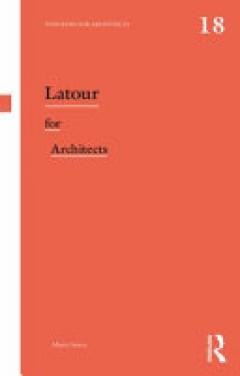
Latour for architects
Bruno Latour is one of the leading figures in Social Sciences today, but his contributions are also widely recognised in the arts. His theories ‘flourished’ in the 1980s in the aftermath of the structuralism wave and generated new concepts and methodologies for the understanding of the social. In the past decade, Latour and his Actor-Network Theory (ANT) have gained popularity among researc…
- Edition
- 1
- ISBN/ISSN
- 9780429328510
- Collation
- xiv + 141 p
- Series Title
- -
- Call Number
- 720.1 YAN l
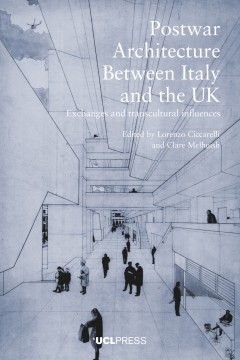
Post-war architecture between Italy and the UK : exchanges and transcultural …
Italy and the UK experienced a radical re-organisation of urban space following the devastation of many towns and cities in the Second World War. The need to rebuild led to an intellectual and cultural exchange between a wave of talented architects, urbanists and architectural historians in the two countries. Post-war Architecture Between Italy and the UK studies this exchange, exploring how th…
- Edition
- -
- ISBN/ISSN
- 9781800080836
- Collation
- xi, 277 p. ill;
- Series Title
- -
- Call Number
- 724.6 POS L
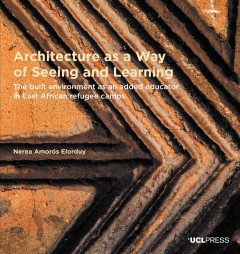
Architecture as a way of seeing and learning : the built environment as an ad…
At the beginning of 2020, 66 long-term refugee camps existed along the East African Rift. Millions of young children have been born at the camps and have grown up there, yet it is unknown how their surrounding built environments affect their learning and development. Architecture as a Way of Seeing and Learning presents an architect’s take on questions many academics and humanitarians ask.…
- Edition
- -
- ISBN/ISSN
- 9781800080119
- Collation
- xvii, 189 p. ill;
- Series Title
- -
- Call Number
- 720.10309676 ARC N
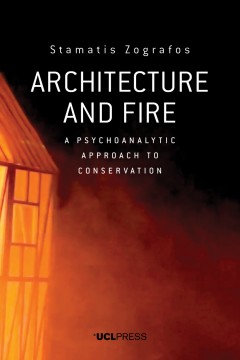
Architecture and fire : a psychoanalytic approach to conservation
Architecture and Fire develops a conceptual reassessment of architectural conservation through the study of the intimate relationship between architecture and fire. Stamatis Zografos expands on the general agreement among many theorists that the primitive hut was erected around fire – locating fire as the first memory of architecture, at the very beginning of architectural evolution. Follo…
- Edition
- 16
- ISBN/ISSN
- 9781787353701
- Collation
- xiv, 210p.; ill.
- Series Title
- -
- Call Number
- 720.288 ARC z
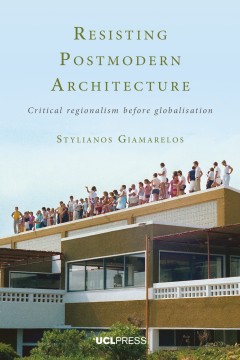
Resisting postmodern architecture : critical regionalism before globalisation
Since its first appearance in 1981, critical regionalism has enjoyed a celebrated worldwide reception. The 1990s increased its pertinence as an architectural theory that defends the cultural identity of a place resisting the homogenising onslaught of globalisation. Today, its main principles (such as acknowledging the climate, history, materials, culture and topography of a specific place) are …
- Edition
- -
- ISBN/ISSN
- 9781800081338
- Collation
- xxiii, 394 p. ill;
- Series Title
- -
- Call Number
- 724.6 RES S
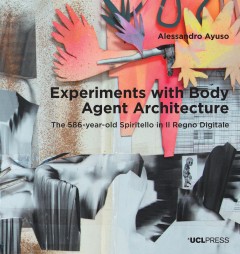
Experiments with body agent architecture. The 586-year-old Spiritello in Il R…
Experiments with Body Agent Architecture puts forward the notion of body agents: non-ideal, animate and highly specific figures integrated with design to enact particular notions of embodied subjectivity in architecture. Body agents present opportunities for architects to increase imaginative and empathic qualities in their designs, particularly amidst a posthuman condition. Beginning with n…
- Edition
- -
- ISBN/ISSN
- 9781800081703
- Collation
- xxix, 262 p. ill;
- Series Title
- -
- Call Number
- 720.103 EXP A

The covert life of hospital architecture
The Covert Life of Hospital Architecture addresses hospital architecture as a set of interlocked, overlapping spatial and social conditions. It identifies ways that planned-for and latent functions of hospital spaces work jointly to produce desired outcomes such as greater patient safety, increased scope for care provider communication and more intelligible corridors. By advancing space synt…
- Edition
- -
- ISBN/ISSN
- 9781800080881
- Collation
- xxi, 187 p. ill;
- Series Title
- -
- Call Number
- 725.51 COV J
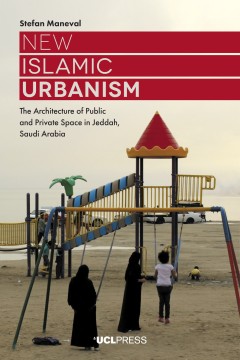
New Islamic urbanism : the architecture of public and private space in Jeddah…
Since the dawn of the oil era, cities in Saudi Arabia have witnessed rapid growth and profound societal changes. As a response to foreign architectural solutions and the increasing popularity of Western lifestyles, a distinct style of architecture and urban planning has emerged. Characterised by an emphasis on privacy, expressed through high enclosures, gates, blinds, and tinted windows, ‘New…
- Edition
- -
- ISBN/ISSN
- 9781787356429
- Collation
- xvii, 239 p. ill;
- Series Title
- -
- Call Number
- 720.9538 NEW S
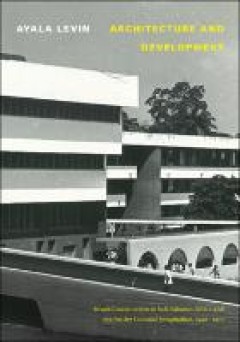
Architecture and development : Israeli construction in Sub-Saharan Africa and…
comPosing these notes during the coviD- 19 pandemic deepens my appreciation of the intellectual community that sustains prolonged efforts such as writing a book—and renders them worthwhile. From its beginning as a seminar paper, Architecture and Development has owed its formation at every step to an always converging and diverging circle of friends and family, mentors and colle…
- Edition
- 14
- ISBN/ISSN
- 9781478091820
- Collation
- ix, 337p.; ill.
- Series Title
- -
- Call Number
- 720.95694 ARC l
 Computer Science, Information & General Works
Computer Science, Information & General Works  Philosophy & Psychology
Philosophy & Psychology  Religion
Religion  Social Sciences
Social Sciences  Language
Language  Pure Science
Pure Science  Applied Sciences
Applied Sciences  Art & Recreation
Art & Recreation  Literature
Literature  History & Geography
History & Geography